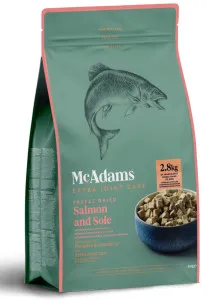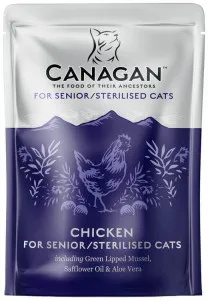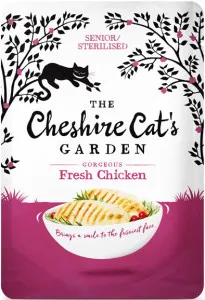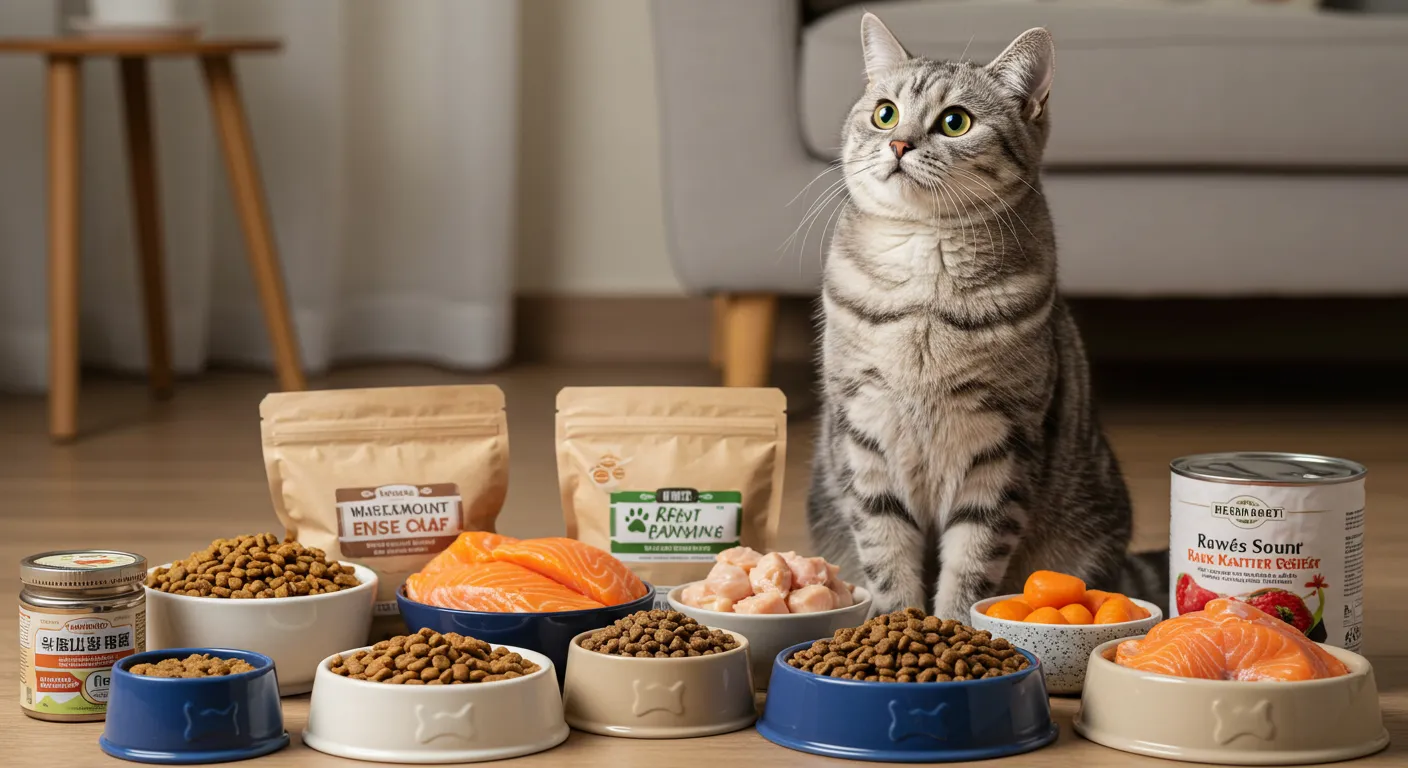Which Food is Best for My Cat? A Complete Guide to Feline Nutrition
Choosing the right food for your cat can feel overwhelming with so many options available. From dry kibble to wet food, raw diets to prescription formulas, how do you know what’s truly best for your feline friend? In this guide, we’ll break down the key factors to consider when selecting high-quality cat food that supports your pet’s health, energy, and longevity.
Understanding Your Cat’s Nutritional Needs
Cats are obligate carnivores, meaning their bodies are designed to thrive on a protein-rich diet primarily sourced from animal products. Unlike dogs or humans, cats require specific nutrients like taurine, arachidonic acid, and vitamin A, which are naturally found in meat. Here’s what your cat’s diet should include:
- High-quality animal protein (chicken, turkey, fish, or beef as the first ingredient)
- Moderate fat content for energy and skin/coat health
- Minimal carbohydrates (cats don’t efficiently process grains or fillers)
- Essential vitamins and minerals , including taurine for heart and eye health
- Hydration support , especially if feeding dry food
- Higher moisture content (helps prevent urinary tract issues and kidney disease)
- More protein-dense and lower in carbohydrates
- Often more palatable for picky eaters
- Better for weight management (lower calorie density)
- Convenient and easy to store
- Can support dental health (some kibble is designed to reduce tartar)
- More economical for multi-cat households
- Longer shelf life once opened
- At least 30% protein
- DHA for brain development
- Smaller kibble or soft textures for tiny mouths
- Lower-calorie formulas to prevent weight gain
- Joint-supporting ingredients like glucosamine
- Easily digestible proteins (e.g., chicken or fish)
- Meat by-products (vague, low-quality protein sources)
- Artificial preservatives (BHA, BHT, ethoxyquin)
- Excessive fillers (corn, wheat, soy)
- Added sugars or salt
- Bacterial contamination (salmonella, E. coli)
- Insufficient taurine or calcium levels
- Time-consuming preparation
- Days 1-2: 75% old food, 25% new food
- Days 3-5: 50% old food, 50% new food
- Days 6-7: 25% old food, 75% new food
- Day 8+: 100% new food
If you’re unsure about your cat’s specific needs, our Pet Food Analyzer can help you compare brands and ingredients.
Wet Food vs. Dry Food: Which is Better?
Both wet and dry cat food have pros and cons. Here’s how they compare:
Wet Cat Food Benefits
Dry Cat Food Benefits
Many veterinarians recommend a combination of both to balance hydration and convenience. If your cat prefers dry food, ensure they drink plenty of water or add broth to their meals.
Special Dietary Considerations
Some cats have unique needs based on age, health, or lifestyle. Here’s what to look for:
Kittens
Growing kittens need more calories, protein, and fat than adult cats. Look for formulas labeled "kitten" or "all life stages" with:
Senior Cats
Older cats may benefit from:
Cats with Health Issues
For cats with diabetes, kidney disease, or allergies, consult your vet. Prescription diets or limited-ingredient foods may be necessary.
Recommended Products

McAdams Freeze Dried Salmon & Sole is an excellent choice for which food is best for my cat?. This cat food contains Sustainably Sourced Salmon 60% and other high-quality ingredients that promote overall health.

Canagan Senior/Sterilised is an excellent choice for which food is best for my cat?. This cat food contains Fresh Chicken 80% and other high-quality ingredients that promote overall health.

The Cheshire Cat's Garden Senior Sterilised is an excellent choice for which food is best for my cat?. This cat food contains Fresh Chicken 80% and other high-quality ingredients that promote overall health.
Red Flags in Cat Food Ingredients
Avoid foods with these questionable additives:
Instead, opt for brands that prioritize whole-food ingredients and transparency. Our Pet Food Analyzer makes it easy to spot the best options.
Homemade and Raw Diets: Are They Safe?
While some cat owners swear by raw or homemade diets, these require careful planning to avoid nutritional imbalances. Risks include:
If you’re considering a raw diet, work with a veterinary nutritionist to ensure it’s complete and balanced.
How to Transition Your Cat to New Food
Switching foods abruptly can upset your cat’s stomach. Follow this gradual transition over 7-10 days:
Monitor for vomiting, diarrhea, or refusal to eat—slow down if needed.
Final Thoughts: Prioritize Quality and Balance
The best cat food meets your pet’s individual needs while providing high-quality protein, hydration, and essential nutrients . Whether you choose wet, dry, or a mix, always check the ingredients and consult your vet for personalized advice.
Ready to find the perfect food for your feline? Use our Pet Food Analyzer to compare top-rated brands and make an informed choice today!
